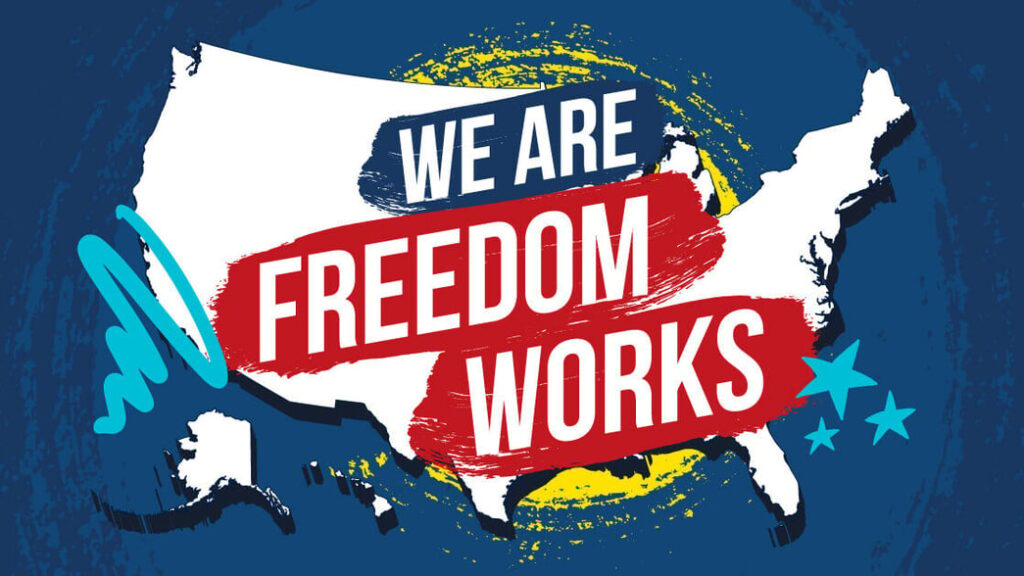States Suffer from ObamaCare Regulations
ObamaCare was supposed to reduce the cost of insurance, hence the Affordable Care Act. But is this really what it did? States with less regulations before the law was enacted had more affordable health care costs. Take, for example, North Carolina and Nevada. They saw individual premiums for people in their twenties rise over 150 percent after the law was enacted.
In North Carolina, a twenty-seven year old man, let’s call him Peter, would have paid $80 per month on average for his health insurance. After ObamaCare, Peter is paying $217 per month for that same health care coverage. That is an increase of $137 per month, or $1,644 per year. Poor Peter :(.
Peter has a similar situation in other states that had less regulations before ObamaCare was enacted. In Nevada, for example, Peter would have paid $71 per month for his health insurance, but is now paying $276 per month, or $3,312 per year.
The average income in Nevada is $37,361, and people in their twenties almost always make less than the average income. For someone like Peter making around $30,000 per year, having health insurance costs that are more than 10% of that income is totally unaffordable. Prior to the Affordable Care Act, that person would have been paying just $852 per year in health insurance premiums — less than $1,000, and less than 3% of their total income.
Meanwhile, states like New York and New Jersey, which were heavily regulated to begin with, saw decreases in health insurance premiums. These extreme differences in the price of health insurance before ObamaCare are indicative of states’ priorities. and New York and New Jersey heavily regulated health care, and their citizens paid the price for it.
In North Carolina and Nevada, citizens should not be forced to pay higher premiums just to subsidize the people in states like New York and New Jersey. States should be able to decide their own regulations, and then people can chose where they want to live.
Related Content
FreedomWorks Letter to Congress in Support of the Fiscal Commision Act (H.R. 5779)
FreedomWorks Letter to Congress in Support of Fiscal Commision Act (H.R. 5779)




